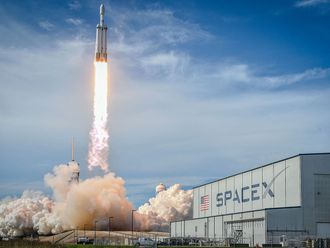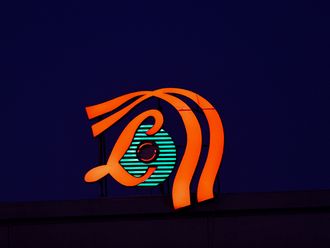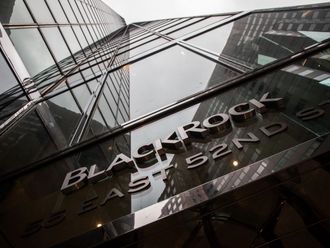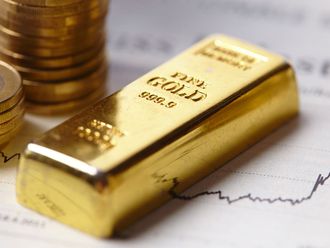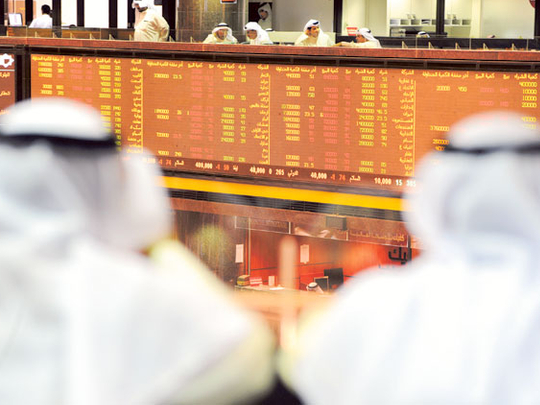
Well into the summer doldrums, ahead of the autumn rush to return to business, and particularly the business of making money, seems as good a time as any to look at the year so far in Gulf stocks and bonds.
Last week’s column mentioned that the world oil price might be viewed as inflated in the same way as global investment assets seem to be, namely by the efforts of western governments to rebuild ‘wealth effects’ through interventionist stimulus.
In the past week, US stocks have risen again to localised peaks, while Treasury bonds continue to surf the wave of liquidity, regardless of the enormously stretched, underlying financial situation in which that debt will eventually have to be serviced. Meanwhile, Europe’s troubles have been parked on the beach.
For the Gulf, the degrees of separation within the investment universe from those default instruments have provided a location both of relative volatility, on the margins of international asset allocation, yet also ironically a relative safe haven compared to the potentially sharply dynamic shifts in the most developed markets.
So what do the familiar, rolling performance measures tell us about their GCC counterparts?
From mid-year 2011 to mid-year 2012, Gulf stock markets overall produced an essentially sideways result. Having dipped quite sharply by 7 per cent at around this time last year, S&P’s GCC index proceeded to claw its way back to the same level by the end of the first quarter in 2012, whereupon it featured a hump, a climb and retreat, of 13 per cent during the second quarter.
How markets performed
Representing the dominant share by market capitalisation, Saudi Arabia’s Tadawul index most closely mirrored that profile, while Qatar’s index held a steadier course between those peaks and troughs, though to the same net effect. The UAE’s two markets, meanwhile, suffered moderately by comparison, the Dubai Financial Market (DFM) showing the more dramatic volatility.
By June, the decline of oil prices, and profit-taking upon the lack of motivating forces for further impetus, had taken their toll, and investors retreated to the sidelines. All in all, stocks had gone nowhere over the course of 12 months, although, as ever, by a fairly circuitous route. With overseas markets guiding sentiment, and an uninspiring global economic outlook, a subdued tone and somewhat defensive stance set in.
In the bond and sukuk markets, however, a positive and relatively steady trend prevailed in terms of regional prices, established in the first half of 2012 and reaching all-time highs, following a sideways pattern in the second half of last year.
Although yield spreads on the HSBC Nasdaq-Dubai GCC combined index widened from around 230 basis points (bp) in mid-2011 to over 350bp in the fourth quarter, they exhibited a trend decline back towards 250bp by mid-2012. Sovereign credit default swaps (CDS) also demonstrated stability following previous nervousness, Bank Audi’s last research note confirming further contraction in spreads.
The keyword was resilience as Middle East investors showed their strength in the comparative shelter of the GCC, whose credits were attractive relative both to their international ratings and the elevated pricing in benchmark government bond markets. Besides buoyant secondary trading, primary issuance was very well received.
Improved corporate earnings
Since that half-way point to the year, the same themes have essentially prevailed. Improved second-quarter corporate results — a reflection of local economic recovery, including in the key banking and real estate sectors — have provided a solid base upon which bad news for the rest of the world has proved a helpful, short-term combination for the Gulf. Namely, rising oil prices and rising hopes of policy stimulus because of the still struggling world economy.
Those themes have proven beneficial for both stocks and bonds in the Gulf, giving a reminder that sustained rallies in these markets require a mix of support, although conditions have most recently been tempered and trading flat owing to the Ramadan and Eid periods. As Al Masah Capital’s weekly investment report implies, the pending issue is simply momentum, and “we can expect concerted action”.
On that basis, what we’ve seen till now is potentially the quiet before the storm. So to the nub; the here and now, and the threat of complacency.
Regional corporate data can be taken as read, and the Gulf’s economic recovery inscribed as valid. But given the political and military tensions that persist in the region, there has to be a measure of concern that the optimism, and market positions, that have been built locally are at risk.
Overseas markets are looking toppy, detached from economic reality, in fact trading so highly expecting further policy responses to weakness rather than strength. That kind of falsity can persist only so long.
Sure there’s money to be made riding with the herd instinct, but also the capacity for mayhem when that crowd gets nervous and is spooked by something surprising, or something abroad that’s anticipated, worrying and overdue.


